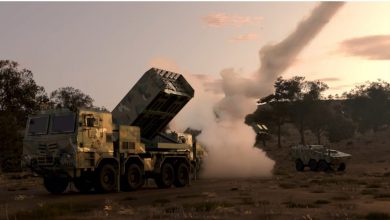Biden pledges to ‘reorient’ relations with Saudi Arabia

US President Joe Biden is saying he aims to reorient America’s strategic relations with Saudi Arabia.
In a guest op-ed published by The Washington Post late Saturday, Biden said he will travel to the Middle East next week to start “a new and more promising” chapter of America’s engagement there.
This trip comes at a vital time for the region, and it will advance important American interests, he said.
“From the start, my aim was to reorient — but not rupture — relations with a country that’s been a strategic partner for 80 years. Today, Saudi Arabia has helped to restore unity among the six countries of Gulf Cooperation Council, has fully supported the truce in Yemen and is now working with my experts to help stabilize oil markets with other OPEC producers,” he said.
Arguing that a more secure and integrated Middle East benefits Americans in many ways, he said he will pursue diplomacy intensely — including through face-to-face meetings — to achieve his goals.
“I know that there are many who disagree with my decision to travel to Saudi Arabia. My views on human rights are clear and long-standing, and fundamental freedoms are always on the agenda when I travel abroad, as they will be during this trip, just as they will be in Israel and the West Bank,” he stressed.
He said when he meets with Saudi leaders on Friday, he will aim to strengthen a strategic partnership going forward based on mutual interests and responsibilities, while also holding true to fundamental American values.
Underlining that he will also be the first US president to fly from Israel to the Saudi port city of Jeddah, he said this trip will also be “a small symbol of the budding relations” and “steps toward normalization between Israel and the Arab world.”
“Next week, I will be the first president to visit the Middle East since 9/11 without US troops engaged in a combat mission there. It’s my aim to keep it that way,” he added.
He said leaders from across the region will gather in Jeddah for a meeting of Gulf Cooperation Council (GCC) countries, in addition to Iraq, Jordan, and Egypt, pointing to the possibility of a more stable and integrated Middle East, with the US playing a vital leadership role.
“Of course, the region remains full of challenges: Iran’s nuclear program and support for proxy groups, the Syrian civil war, food security crises exacerbated by Russia’s war against Ukraine, terrorist groups still operating in a number of countries, political gridlock in Iraq, Libya and Lebanon, and human rights standards that remain behind much of the world. We must address all these issues,” he wrote.





